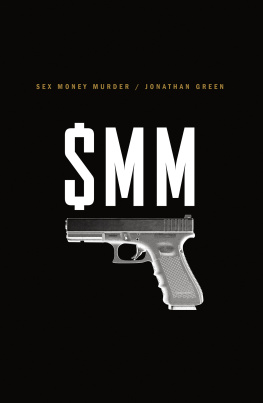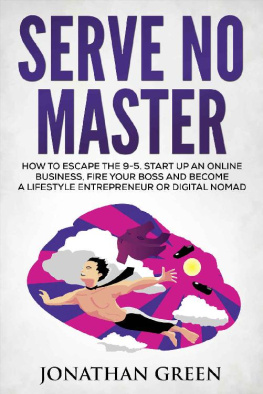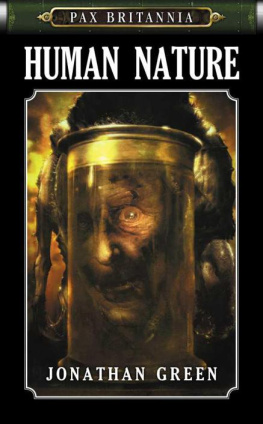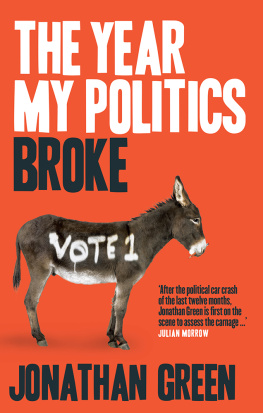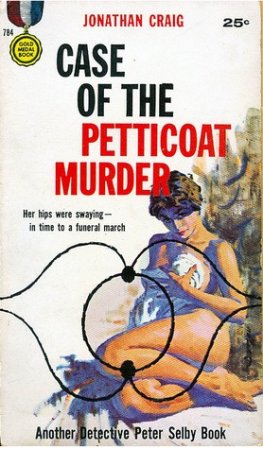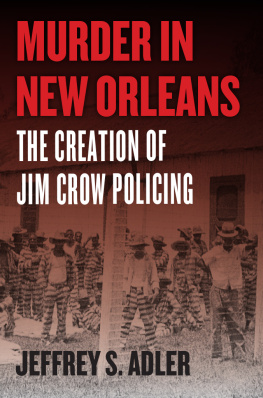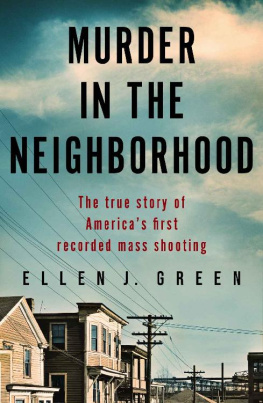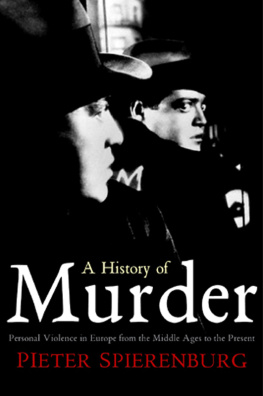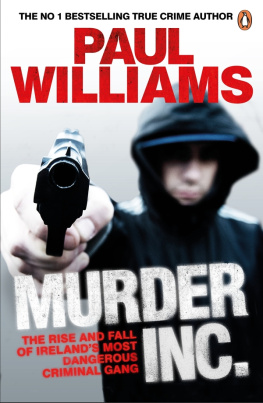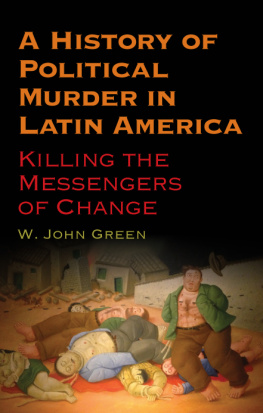

(1988)
PIPE WOKE AT 7:00 A.M. AND ADMIRED himself in the bathroom mirror. He wore a freshly laundered white T-shirt, and his skin glowed in the dreary yellow light. Only a few months ago, before he started dealing, he and his brother would sometimes trade sneakers and jeans each day before school to give the impression to other kids they had more than one pair. Today, his profits from crack afforded him a new pair of Reeboks and some skinny-leg Levis. He glowered in the mirror, affecting seriousness. A black shadow was just coming in on his upper lip, and he had the first traces of what would become a thick, wiry beard. He was looking older, he thoughtmore purposeful. He was eleven.
Pipe took his name from his mothers former boyfriend, a tall, brawny man with thick biceps and square shoulders known as Leadpipe. The nickname apparently referred to his endowment. Pipes father, Big Bimbo, a legend in the neighborhood and a onetime gang member with the Black Spades, a crew that had originated in Soundview in the 1960s before spreading to the rest of the city, did not approve of the nickname. But Big Bimbo had gone in for his second term in prison a few years earlier, and the name stuck. No one could remember Lil Pipe being called anything else.
At around 8:00 a.m. Pipe left their seventh-floor apartment at 1715 Randall Avenue, taking the stairs by habit to avoid the police, who often waited at the ground-floor elevator door. The walls were collaged with the tags of local crews: New Born Criminals, Soundviews Most Wanted. He pushed open the door to the lobby, smoothed his T-shirt over his chest, and bounced into the low sunlight of an early spring morning.
Like most of the neighborhood, the Soundview Houses, thirteen seven-story redbrick buildings in two T-shaped sections, had been cut off from the rest of the Bronx in the early 1970s by the construction of the Bruckner Expressway. The Houses were clustered on the western edge of the low-lying Soundview peninsula, roughly two and a half miles long at its widest point to the north, where it connects to the southeast Bronx, and demarcated by the Bruckner. To the south, the land devolves into salt marshes at Clason Point, the triangular tip jutting into the East River. By 1988, the Soundview Houses complex accommodated around 1,250 families, mainly black and Puerto Rican; 3 percent were white. Roughly 40 percent were on welfare, and only twenty families had at least two family members working.
Pipes mother demanded that he and his siblingsRo (Rufino), Eddie, Kawaan, Geralda, Annette, and baby Chantalalways play within sight, and run home as fast as they could when she sent them on errands. The Soundview community was fiercely tight-knit, and the mothers of his friends had free rein to discipline him and his brothers if they caught the boys straying too far.
To the east were the Castle Hill projects. Kids from the two projects saw each other as natural class enemies. In the no-mans-land between was Adlai Stevenson High School, one of the most dangerous in America. In the 1970s the Black Spades and Savage Nomad gangs walked the hallways wearing jackets that read KILL WHITEY.
Ten blocks from Soundview, on neutral ground, was the Kips Bay Boys & Girls Club. The distinctive brown-brick building was a safe midpoint where Soundview and Castle Hill kids could intermingle and play sports largely free of violence, although once Pipes sister had a fistfight with a girl called Jennifer Lopez, who would one day make her neighborhood of Castle Hill famous.
Pipe walked east along Randall Avenue. At the end was a median strip where the kids had set up stained mattresses scavenged from Dumpsters that they used as trampolines. Just beyond, in Soundview Park, was a dumping ground called Snakeland, where a boy had had his face blown off by an abandoned gas cylinder; now it was littered with household trash and porn magazines. Pipe could force his way through to the edge of the Bronx River, a swamp dotted with small islands formed by old refrigerators, car hulks, and, according to legend, the occasional human corpse. He and his friends swam in the polluted water and wrestled horseshoe crabs out of the muck. At around four or five every afternoon, hordes of rats climbed out of the river and made their way into the neighborhoods. From the shore, the Hunts Point Terminal Market was visible across the river, a hive of belching diesel trucks and the worlds largest shipping hub for produce.
Pipe passed a few commuters heading toward the elevated number 6 train at Elder Avenue, the lifeline to Manhattan. He crossed the north-south sweep of Rosedale Avenue at the crossroads with Randall Avenue: Cozy Corner. The corner drew its name from a bar that used to be there in the seventies. Along with the pizza shop, there were a couple of delis, a liquor store, the Met Foods, where Pipe worked packing bags, and a methadone clinic. A few doors down was a numbers spot run by the mob. Pipe went into Papa Yalas to pick up coffee, a bagel, and a few loosiessingle cigarettespassing a twenty to the Yemeni owner, who sat behind a counter running along the right side of the store.
Pipes world was quickly changing, thanks largely to the drug that had arrived at Cozy Corner to take over from heroin. In the old days, men would sit on the sidewalk and play dominoes, drinking out of brown paper bags, untroubled by the pacified users, who swayed and nodded out. A couple of years before, Pipe had found his mother, Miss Annette, sitting on the blue shag toilet-seat cover in their bathroom, her sleeve rolled up, tying a rubber tourniquet around her arm. Get the fuck out of here, she said. Cant you see Im busy? He returned an hour later to find her leaning so far forward from a sitting position that he was amazed she was still upright. Pipe helped her to her room. He had learned to walk her to the check-cashing store when the welfare check came, and to take some of the money before she spent it on drugs. When he couldnt catch her in time, the family went hungry.
While the heroin trade had been largely controlled by the Mafia, who had the resources to buy kilos for $200,000 and import them to the United States, crack was far more accessible. Colombian cartels flooded Miami with cheap cocaine, and a kilo could be had for as little as $10,000 before it was smuggled up the Eastern Seaboard. No need for massive international networks and large down payments. In New York, a six- or seven-man crew could set up an operation, take over a block, and turn almost immediate profits. Law enforcement could dismantle centralized networks of heroin distributors, but the diffuse, hyperviolent crack trade was much harder to eradicate. There was no clear hierarchy, no one boss to maintain order.
Crack was sweeping through Soundview and rewriting the social contract by the day. In 1988, 150,000 people toiled in the crack business in New York. The parks in Soundview, which had been full of children even during the heroin epidemic, were now empty. The adults who worked regular jobs were captive to the encroaching violence. Many didnt leave their homes from dusk to daybreak, praying that the volleys of gunfire never got too close. Despite Soundviews population density, since crack had arrived it often looked like a ghost town.
One day at the end of 1987, Pipe went to visit his cousin Pookie on the northern lip of the projects. He found him stuffing a desiccated rocklike substance into little plastic bags. This is the new stuff they got out here, man, Pookie said. Pipe watched as Pookie and other guys filled the bags, and when they were finished a man with burn scars on his face, known as Crackhead Bemo, shouted up from below the window, demanding bags to sell. Before hed discovered crack, Bemo had been a young pro baseball prospect. Now he roamed the neighborhood breaking into cars for stereos and doing whatever he could to get a rock or two, while offering kids like Pipe a start in the business. He became Pipes mentor in the game.
Next page
